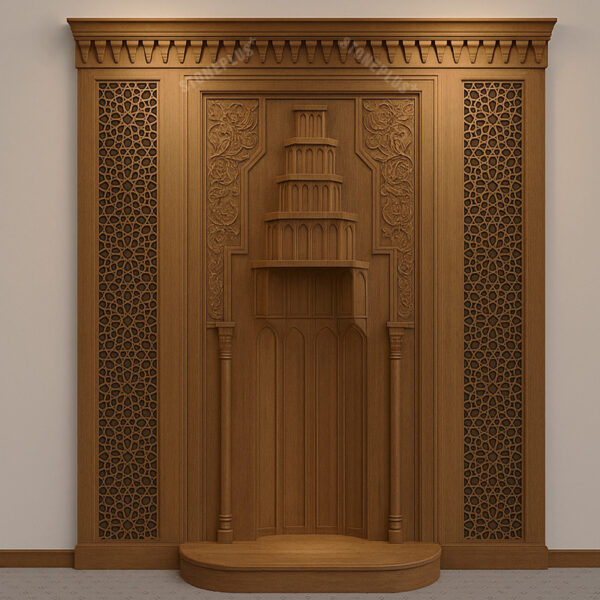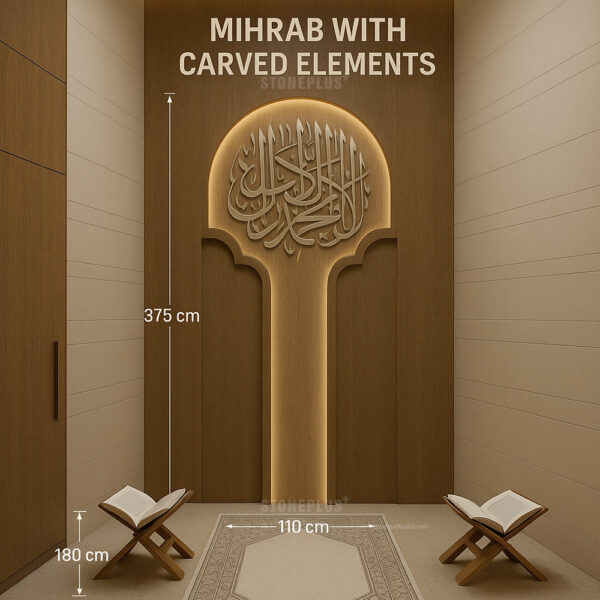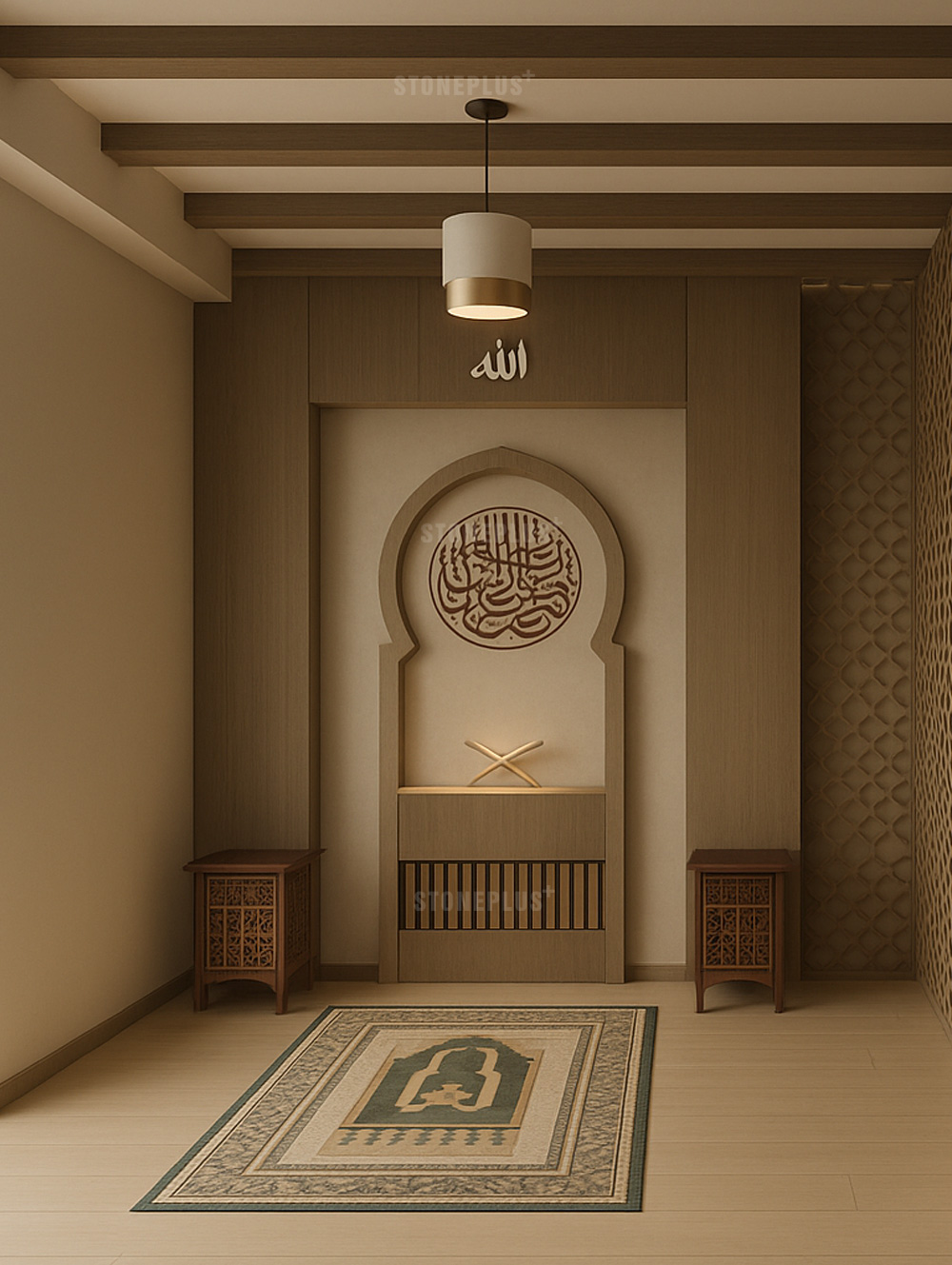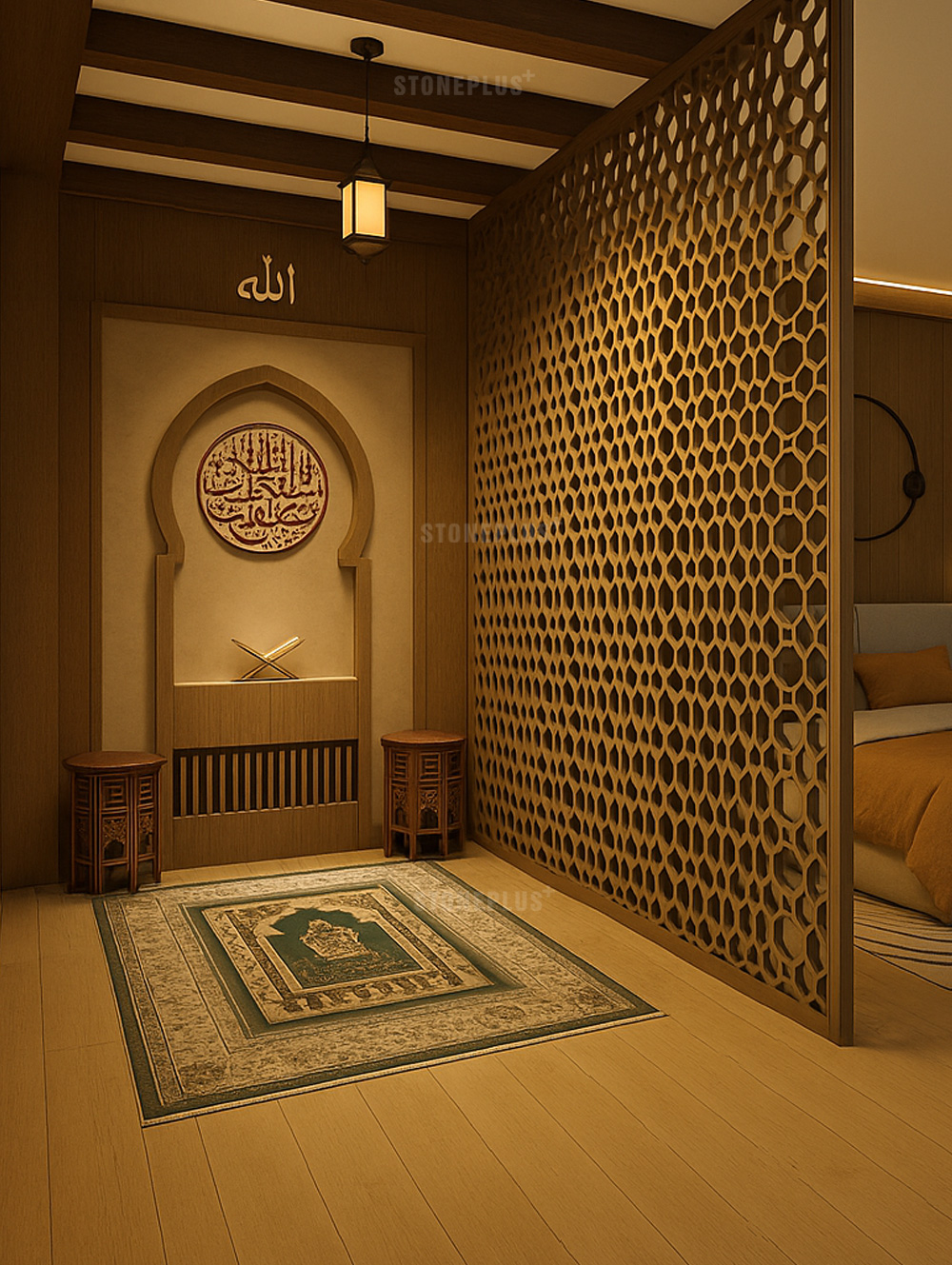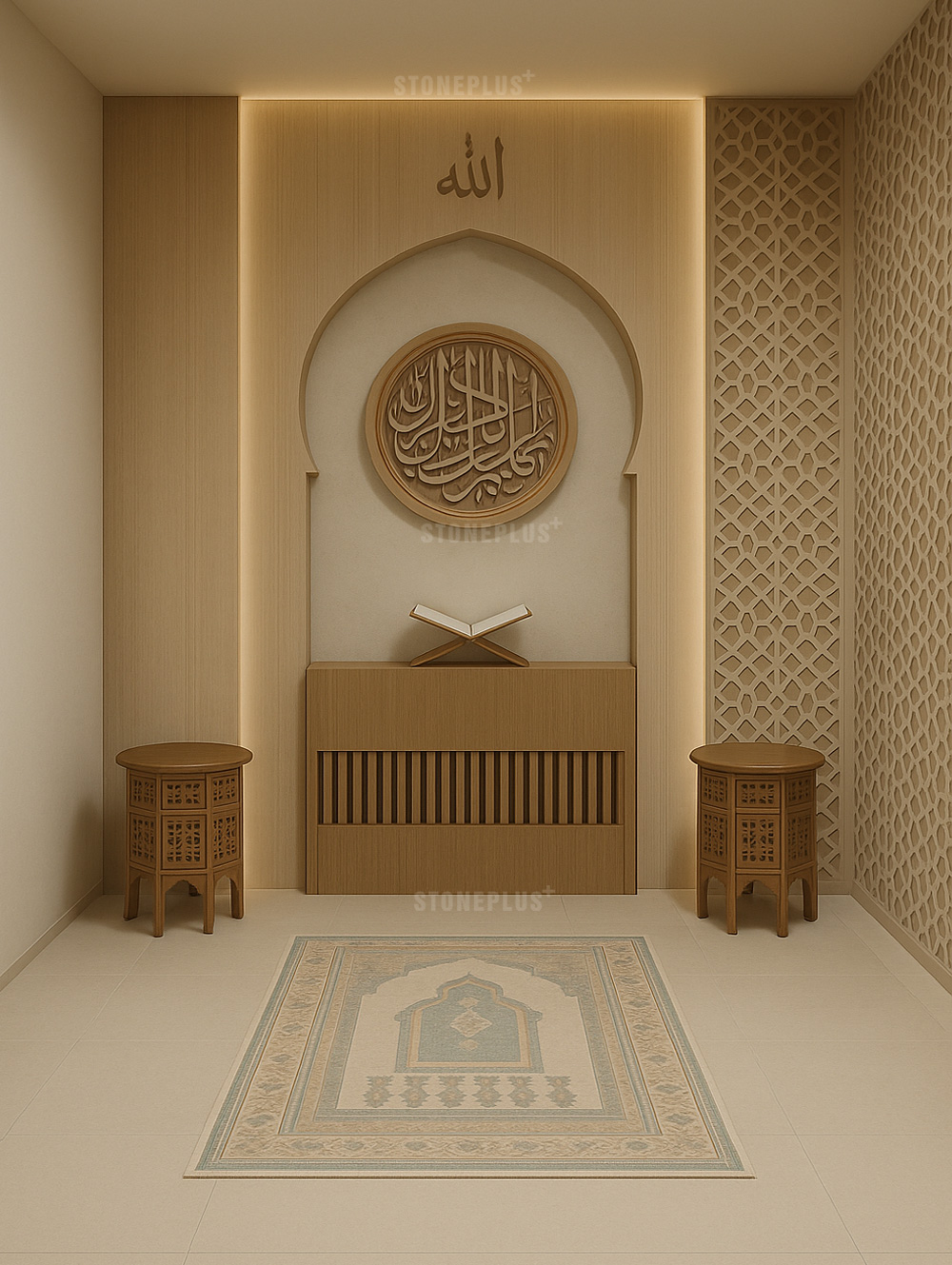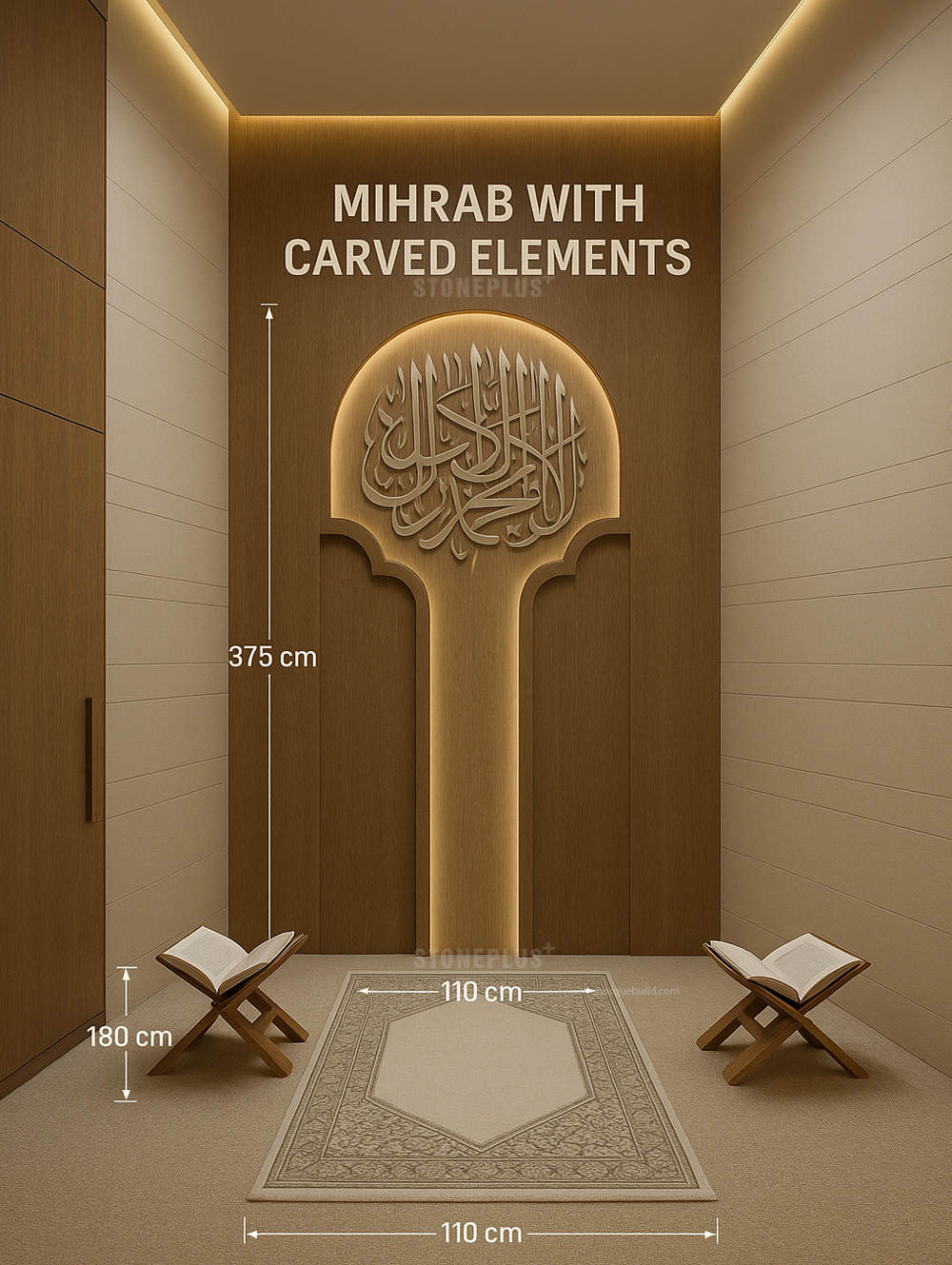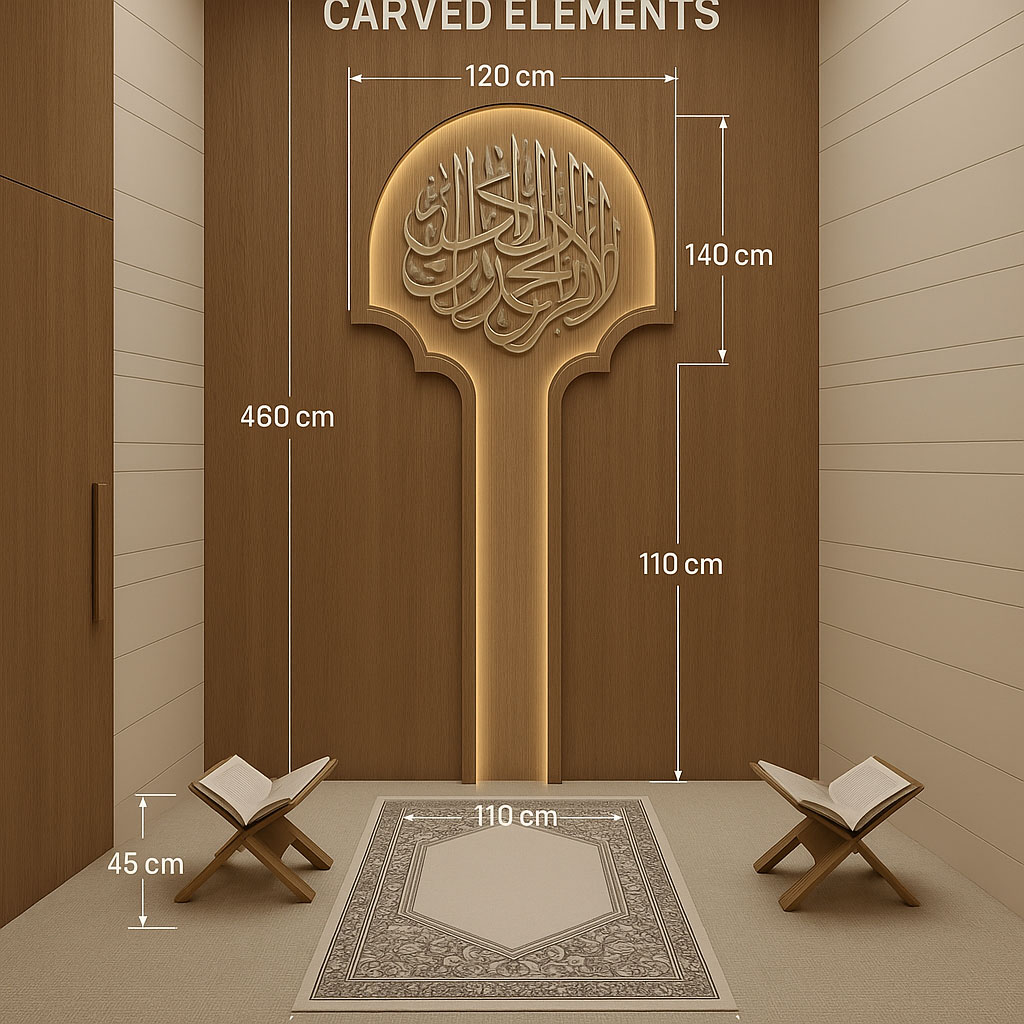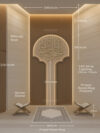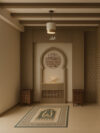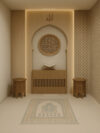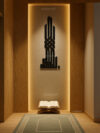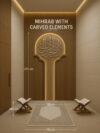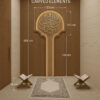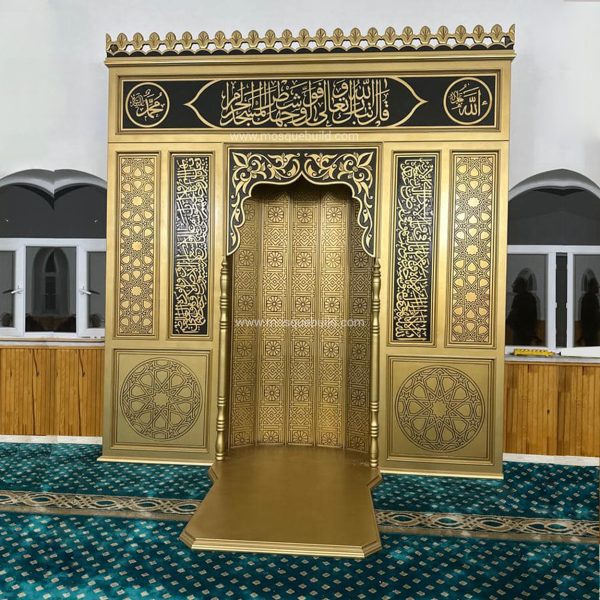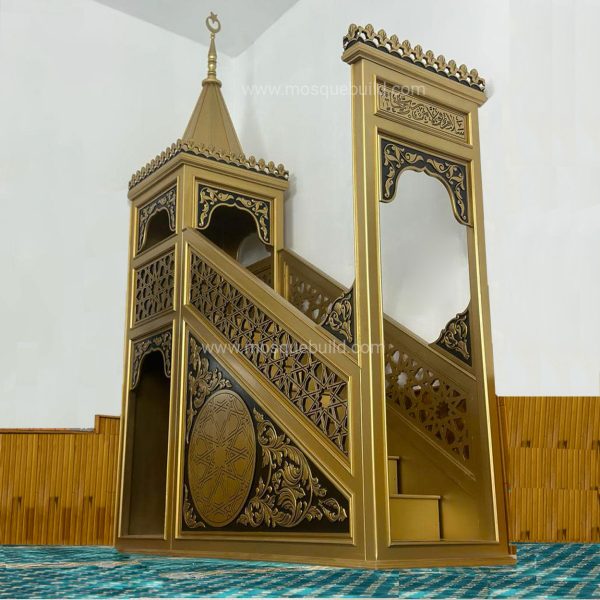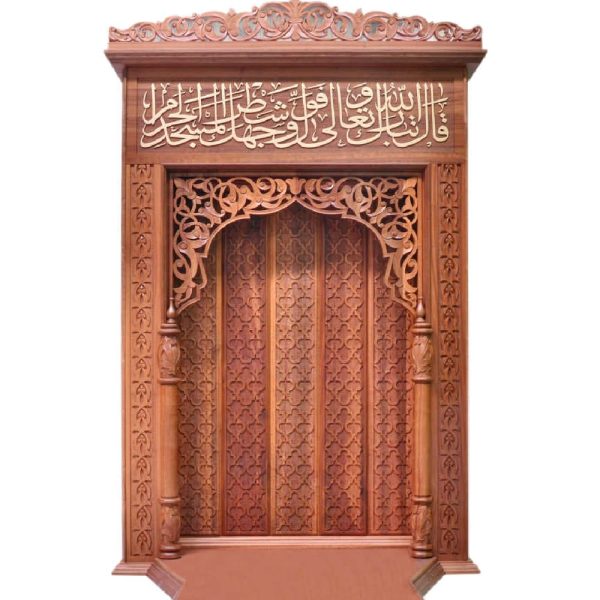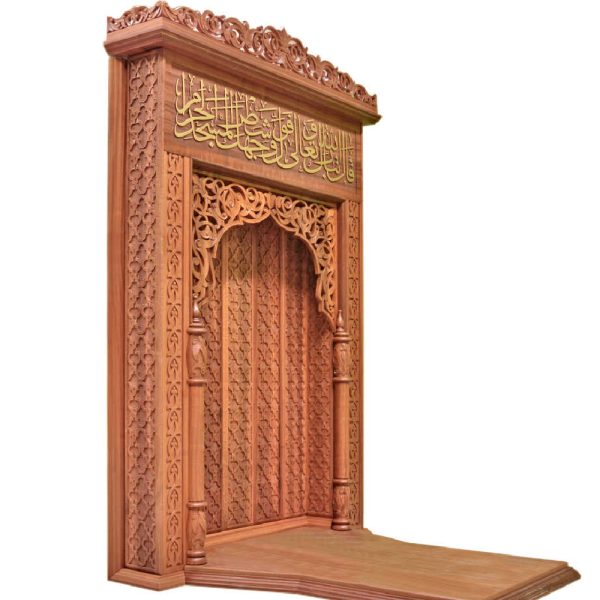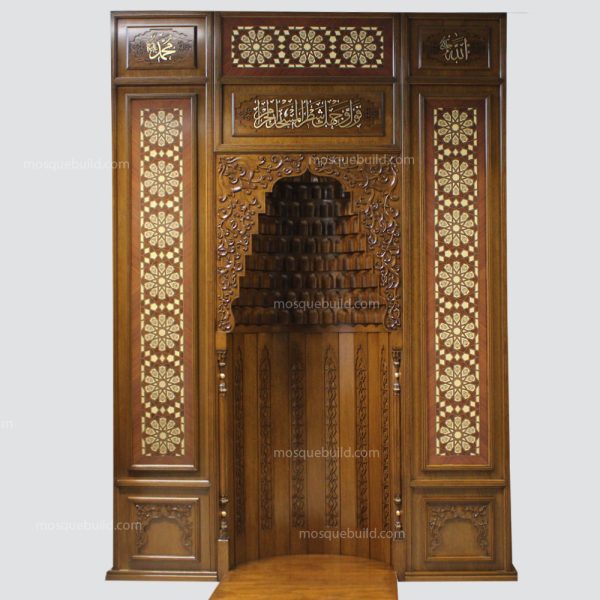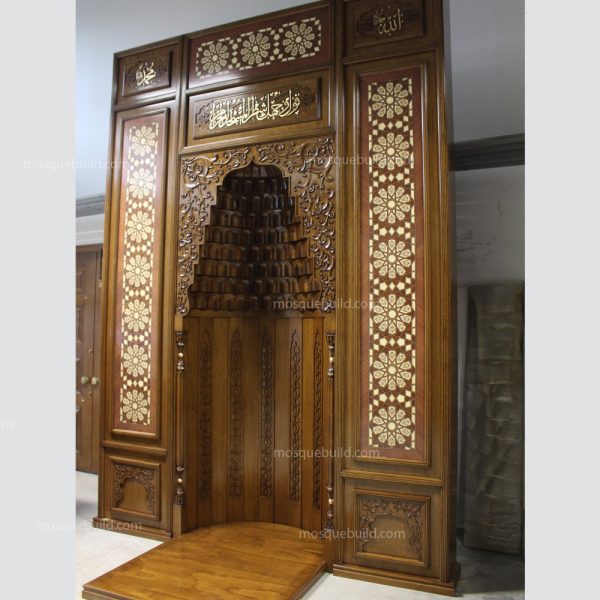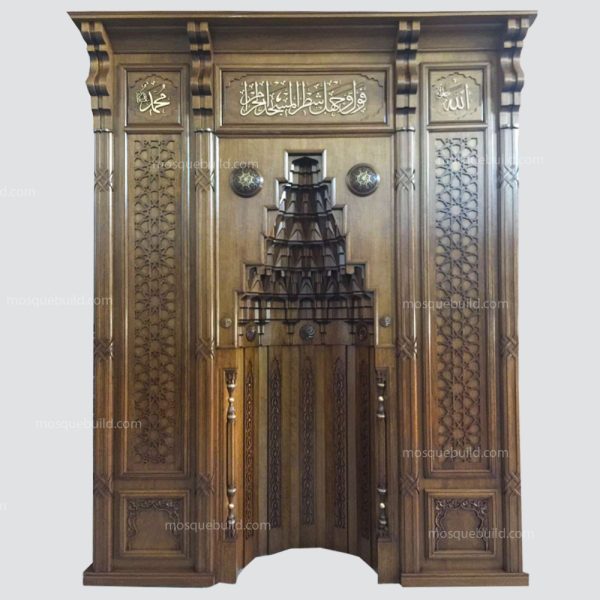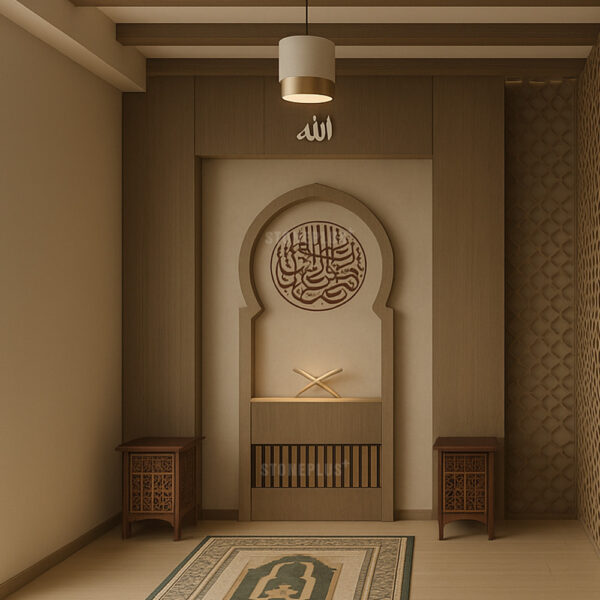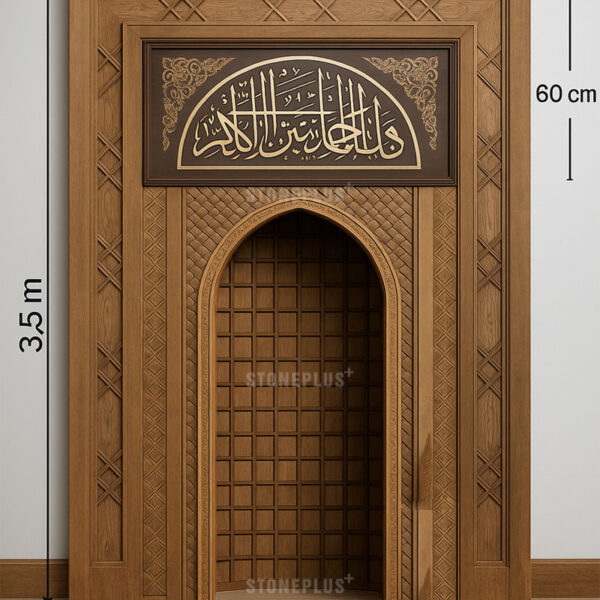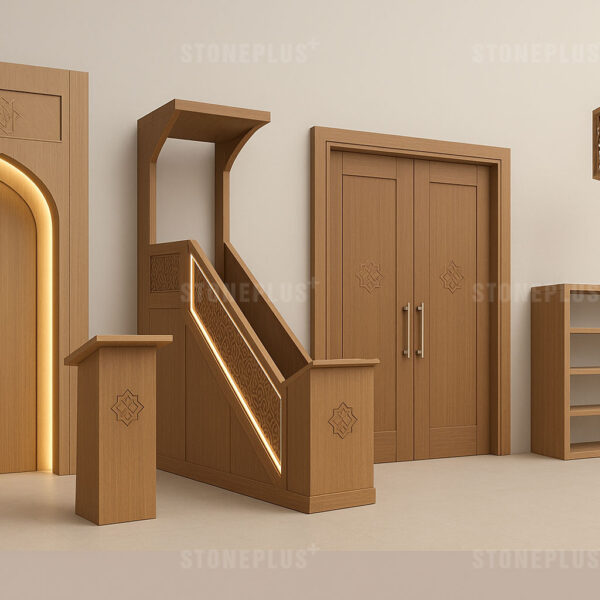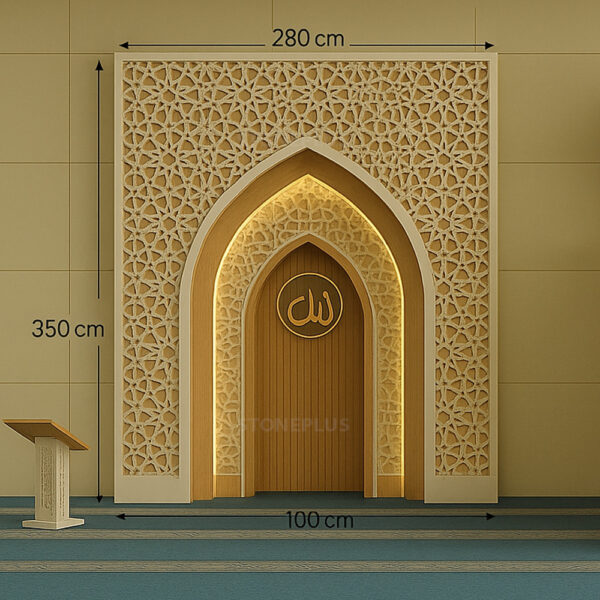Prayer rooms design has become an essential aspect of contemporary architecture, catering to diverse communities who seek a quiet place for spiritual reflection. Whether in a mosque, a corporate building, or a private home, a well-designed prayer room offers a sanctuary that balances tradition and modern convenience.
A key element in prayer rooms design is the use of natural materials. Oak wood, stone, and organic fabrics not only create warmth but also connect the space to nature. Neutral tones such as beige, cream, or soft gray help foster relaxation and focus. According to Islamic architecture principles, simplicity in design supports spiritual concentration.
Lighting plays a crucial role as well. LED systems with adjustable brightness allow the room to adapt to different times of day. Some modern designs even integrate smart technology for climate control, enhancing comfort without disturbing the sacred atmosphere.
Practicality is vital in prayer rooms design. Built-in storage for prayer mats, holy books, and personal items keeps the area organized. Soundproofing and proper ventilation ensure peace and privacy. In corporate environments, glass partitions can provide a balance between openness and seclusion.
Sustainability should not be overlooked. Using FSC-certified wood and energy-efficient lighting reflects the value of environmental stewardship, aligning with many spiritual teachings. For design inspiration, explore ArchDaily’s worship space projects.
Ultimately, prayer rooms design is about creating harmony between form and function. It’s not just about aesthetics—it’s about crafting a space where the mind can be still, and the spirit can find peace.
Ek Anahtar Kelimeler (Diğer Hizmetlerimiz)














